Home>Furniture & Design>Outdoor Furniture>How To Treat Cedar Wood For Outdoor Use?
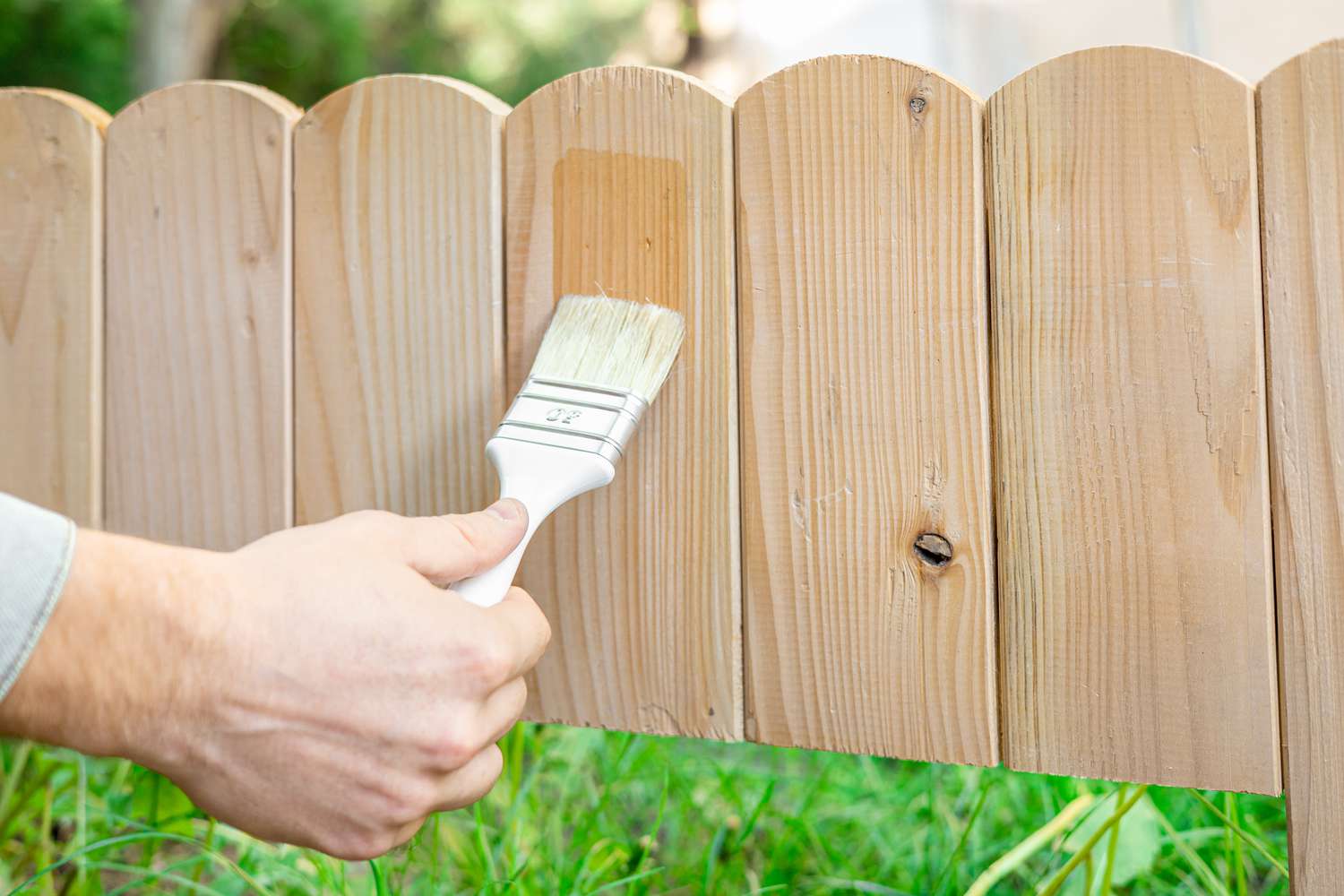

Outdoor Furniture
How To Treat Cedar Wood For Outdoor Use?
Modified: March 16, 2024
Learn how to properly treat cedar wood for outdoor use to protect your outdoor furniture and enhance its durability. Discover the best methods for preserving the natural beauty of your outdoor furniture and design.
(Many of the links in this article redirect to a specific reviewed product. Your purchase of these products through affiliate links helps to generate commission for Storables.com, at no extra cost. Learn more)
Introduction
Welcome to the world of outdoor furniture and design, where the allure of nature meets the comfort of home. When it comes to enhancing your outdoor living space, the choice of materials is crucial for both aesthetics and durability. Among the plethora of options available, cedar wood stands out as a timeless favorite for outdoor furniture and design. In this comprehensive guide, we will delve into the art of treating cedar wood for outdoor use, exploring the benefits, techniques, and maintenance practices that will help you make the most of this beautiful and resilient material.
Cedar wood has long been cherished for its natural beauty, remarkable durability, and aromatic fragrance, making it an ideal choice for outdoor applications. Whether you are considering cedar for your garden furniture, decking, fencing, or other outdoor structures, understanding how to treat and maintain this exquisite wood is essential for ensuring its longevity and preserving its stunning appearance.
In the following sections, we will unravel the unique characteristics of cedar wood, elucidate the advantages of using cedar for outdoor projects, and provide expert insights into the best practices for preparing, treating, and maintaining cedar wood. By the end of this guide, you will be equipped with the knowledge and expertise to unleash the full potential of cedar wood in your outdoor living spaces, creating a haven of natural beauty and enduring charm. Let's embark on this enriching journey to discover the art of treating cedar wood for outdoor use.
Key Takeaways:
- Cedar wood is a top choice for outdoor furniture due to its natural resistance to decay, dimensional stability, and aromatic fragrance, making it an eco-friendly and sustainable option for outdoor use.
- To make the most of cedar wood in outdoor spaces, it’s crucial to prepare, treat, and maintain it properly. This includes acclimatization, surface preparation, and regular cleaning and inspection to preserve its enduring beauty and functionality.
Read more: What To Use To Treat Wood For Outdoor Use
Understanding Cedar Wood
Before delving into the treatment and maintenance of cedar wood for outdoor use, it’s essential to grasp the unique characteristics that make this material a standout choice for outdoor furniture and design. Cedar wood is derived from several species of coniferous trees belonging to the genus Cedrus, known for their exceptional durability, natural resistance to decay, and distinct aroma.
One of the most sought-after varieties is Western Red Cedar, renowned for its rich reddish-brown hue, straight grain, and exceptional stability. This species is indigenous to the Pacific Northwest of North America and has been prized for centuries for its versatility and resilience in outdoor environments.
One of the key attributes of cedar wood is its natural resistance to decay, thanks to the presence of natural oils and extractives within the wood. These compounds act as a built-in defense mechanism against insects, rot, and fungal decay, making cedar an excellent choice for outdoor applications without the need for chemical treatments.
Furthermore, cedar wood exhibits impressive dimensional stability, meaning it is less prone to warping, twisting, or swelling when exposed to varying weather conditions. This stability is attributed to the wood’s low density and inherent moisture resistance, making it an ideal candidate for enduring the rigors of outdoor exposure.
Another notable feature of cedar wood is its distinct aroma, which emanates from the natural oils present in the wood. This pleasant fragrance not only adds to the sensory appeal of cedar but also serves as a natural insect repellent, offering added protection in outdoor settings.
By understanding these inherent qualities of cedar wood, it becomes evident why it is a popular choice for outdoor furniture, decking, siding, and other exterior applications. Its innate durability, stability, and resistance to decay make cedar wood a compelling option for elevating outdoor spaces with enduring beauty and functionality.
Benefits of Using Cedar Wood Outdoors
Choosing cedar wood for outdoor furniture and design projects offers a myriad of benefits that cater to both practical and aesthetic considerations. Let’s explore the compelling advantages that make cedar wood a top choice for outdoor applications:
- Natural Resistance: Cedar wood possesses natural oils and extractives that act as a built-in defense mechanism against insects, decay, and fungal growth. This inherent resistance reduces the need for chemical treatments, making cedar an environmentally friendly and sustainable option for outdoor use.
- Durability: The exceptional durability of cedar wood enables it to withstand the rigors of outdoor exposure, including fluctuating temperatures, moisture, and prolonged sun exposure. This resilience ensures that cedar furniture and structures maintain their integrity and beauty over time.
- Dimensional Stability: Cedar wood exhibits minimal warping, twisting, and swelling, thanks to its low density and natural moisture resistance. This stability is crucial for outdoor furniture and decking, as it ensures long-term structural integrity and aesthetic appeal.
- Aesthetic Appeal: The rich, warm tones and distinct grain patterns of cedar wood exude natural beauty and timeless elegance. Whether used for furniture, decking, or siding, cedar adds a touch of rustic charm and sophistication to outdoor spaces, enhancing their visual allure.
- Aromatic Fragrance: The natural aroma of cedar wood creates a sensory delight in outdoor settings, evoking a sense of tranquility and connection with nature. Additionally, the inherent fragrance serves as a natural insect repellent, contributing to a more pleasant and pest-resistant outdoor environment.
- Sustainability: Cedar wood is a sustainable choice for outdoor applications, as it is renewable, biodegradable, and requires minimal chemical treatment. By opting for cedar, you are making an eco-conscious decision that aligns with principles of environmental responsibility.
These compelling benefits make cedar wood an exceptional choice for outdoor furniture, decking, fencing, and other exterior projects. Its natural resistance, durability, aesthetic appeal, and sustainability position cedar as a versatile and enduring material that elevates outdoor living spaces with both practical functionality and timeless beauty.
Preparing Cedar Wood for Outdoor Use
Before embarking on the treatment process, it is essential to prepare cedar wood for outdoor use to ensure optimal results in terms of longevity and visual appeal. Here are the key steps to prepare cedar wood for outdoor applications:
- Acclimatization: Upon acquiring cedar wood for outdoor projects, allow the material to acclimate to the outdoor environment. This step is crucial for minimizing dimensional changes after installation, ensuring the wood is well-adjusted to the prevailing humidity and temperature conditions.
- Surface Preparation: Inspect the cedar wood for any rough spots, mill glaze, or surface contaminants. Sand the wood using fine-grit sandpaper to achieve a smooth and uniform surface, promoting better adhesion of the treatment products and enhancing the wood’s natural beauty.
- Cleanliness: Prior to applying any treatment, ensure that the cedar wood is free from dust, debris, and any traces of mold or mildew. Thoroughly clean the wood using a mild detergent and water, followed by rinsing and allowing it to dry completely.
- Moisture Content: Check the moisture content of the cedar wood to ensure it is within the optimal range for treatment. Ideally, the moisture content should be around 12% or lower to facilitate effective penetration and adherence of the treatment products.
- Protection during Construction: If the cedar wood is being used for outdoor structures or furniture that will be exposed to construction elements, such as concrete or metal, take measures to protect the wood from direct contact with these materials. This can help prevent potential discoloration or chemical reactions that may affect the wood’s appearance.
By meticulously preparing cedar wood for outdoor use, you lay the foundation for successful treatment and long-term performance. These preparatory measures ensure that the wood is primed for receiving the treatment products and is equipped to withstand the demands of the outdoor environment, allowing you to fully leverage the inherent qualities of cedar wood for enduring beauty and functionality.
To treat cedar wood for outdoor use, apply a water-repellent sealant to protect it from moisture and UV damage. Reapply the sealant every 1-3 years for best results.
Treating Cedar Wood with Stain or Sealant
When it comes to enhancing the durability and visual appeal of cedar wood for outdoor use, treating the wood with stain or sealant is a pivotal step. Both stain and sealant offer protective and aesthetic benefits, enriching the natural characteristics of cedar wood while safeguarding it against the elements. Here’s a detailed exploration of the process of treating cedar wood with stain or sealant:
- Stain Selection: Choose a high-quality exterior wood stain specifically formulated for cedar. Consider the level of pigmentation and the desired color tone to complement the natural beauty of cedar while providing UV protection and water resistance.
- Sealant Considerations: If opting for a clear sealant, ensure it offers UV protection and moisture resistance to shield the wood from sun damage and moisture infiltration. For a stained finish, the sealant is often integrated into the stain formulation, providing both color enhancement and protective properties.
- Application Process: Apply the stain or sealant evenly using a brush, roller, or sprayer, following the manufacturer’s guidelines. Work in manageable sections and maintain a wet edge to achieve uniform coverage and avoid lap marks or uneven absorption.
- Penetration and Drying: Allow the stain or sealant to penetrate the cedar wood for the recommended duration, ensuring that the product is absorbed into the wood fibers. Subsequently, remove any excess or pooling of the treatment to prevent surface film formation and promote thorough drying.
- Additional Coats: Depending on the desired level of protection and color depth, consider applying multiple coats of stain or sealant. Ensure that each coat is allowed to dry completely before applying the next, gradually building up the desired finish and fortifying the wood’s resilience.
- Maintenance Recommendations: Follow the manufacturer’s recommendations for maintenance and reapplication intervals, which may vary based on factors such as sun exposure, moisture levels, and wear and tear. Regular maintenance can prolong the life of the treatment and preserve the wood’s appearance.
By treating cedar wood with stain or sealant, you not only fortify its natural resistance and durability but also accentuate its inherent beauty, creating a stunning and enduring finish that withstands the demands of outdoor exposure. Whether aiming for a transparent protective seal or a richly hued stained appearance, the treatment process elevates cedar wood to its full potential, ensuring that your outdoor furniture and structures exude timeless charm and lasting quality.
Read more: How To Treat Untreated Wood For Outdoor Use
Maintaining Treated Cedar Wood
After treating cedar wood for outdoor use, proactive maintenance is essential for preserving the integrity and visual appeal of the wood over time. By implementing regular upkeep practices, you can ensure that your treated cedar wood continues to exude its natural beauty and withstand the elements with resilience. Here are the key maintenance guidelines for treated cedar wood:
- Cleaning: Periodically clean the treated cedar wood using a mild detergent and water to remove dirt, grime, and any environmental residues. Gently scrub the wood with a soft brush or cloth, then rinse thoroughly and allow it to dry completely before reapplying any protective coatings.
- Inspection: Routinely inspect the treated cedar wood for signs of wear, discoloration, or damage. Address any issues promptly, such as scratches, dents, or areas where the protective finish may have worn down, to prevent deterioration and maintain the wood’s aesthetic allure.
- Reapplication of Sealant: Monitor the condition of the sealant or stain on the cedar wood, and be prepared to reapply the treatment as needed. Factors such as sun exposure, moisture levels, and wear from use can impact the longevity of the treatment, necessitating periodic reapplication to uphold the wood’s protection and luster.
- UV Protection: Minimize prolonged exposure of treated cedar wood to direct sunlight, as UV rays can gradually degrade the protective finish and alter the wood’s color. Consider using shading solutions or relocating outdoor furniture periodically to mitigate the impact of UV exposure.
- Preventing Water Damage: Take measures to prevent prolonged exposure to moisture, such as using waterproof covers for outdoor furniture during inclement weather or ensuring proper drainage for cedar wood decking and structures to avoid water accumulation.
- Regular Maintenance Schedule: Establish a regular maintenance schedule for your treated cedar wood, factoring in seasonal variations and usage patterns. Consistent upkeep efforts can significantly prolong the life of the treatment and maintain the wood’s resilience and beauty.
By adhering to these maintenance practices, you can safeguard the investment you’ve made in treating cedar wood for outdoor use, ensuring that it continues to grace your outdoor spaces with enduring elegance and functionality. With a proactive approach to maintenance, your treated cedar wood can withstand the test of time and retain its natural allure, enriching your outdoor living experience for years to come.
Conclusion
As we conclude this comprehensive guide to treating cedar wood for outdoor use, it’s evident that cedar stands as a timeless and versatile choice for enhancing outdoor living spaces. The innate durability, natural resistance, and aesthetic allure of cedar wood make it a compelling option for outdoor furniture, decking, fencing, and other exterior applications. By understanding the unique qualities of cedar wood and implementing effective treatment and maintenance practices, you can unlock its full potential and enjoy enduring beauty and functionality in your outdoor settings.
From the initial steps of preparing cedar wood for outdoor use to the application of protective treatments such as stain or sealant, each stage plays a crucial role in fortifying the wood against the elements and accentuating its natural charm. Moreover, the commitment to regular maintenance ensures that the treated cedar wood maintains its resilience and visual appeal, standing the test of time in the face of environmental challenges.
Whether you are seeking to create a welcoming outdoor retreat with cedar furniture, craft a captivating deck with cedar wood decking, or elevate the aesthetics of your property with cedar siding, the art of treating cedar wood empowers you to infuse your outdoor spaces with enduring elegance and functionality. By embracing the inherent beauty and durability of cedar wood, you can forge a harmonious connection between nature and design, creating outdoor environments that beckon with warmth, charm, and lasting allure.
As you embark on your journey of incorporating cedar wood into your outdoor projects, may the insights and recommendations shared in this guide serve as a valuable resource, guiding you towards making informed decisions and maximizing the potential of cedar wood in your outdoor living spaces. Embrace the art of treating cedar wood for outdoor use, and revel in the timeless beauty and enduring quality that this remarkable material bestows upon your outdoor sanctuary.
Frequently Asked Questions about How To Treat Cedar Wood For Outdoor Use?
Was this page helpful?
At Storables.com, we guarantee accurate and reliable information. Our content, validated by Expert Board Contributors, is crafted following stringent Editorial Policies. We're committed to providing you with well-researched, expert-backed insights for all your informational needs.
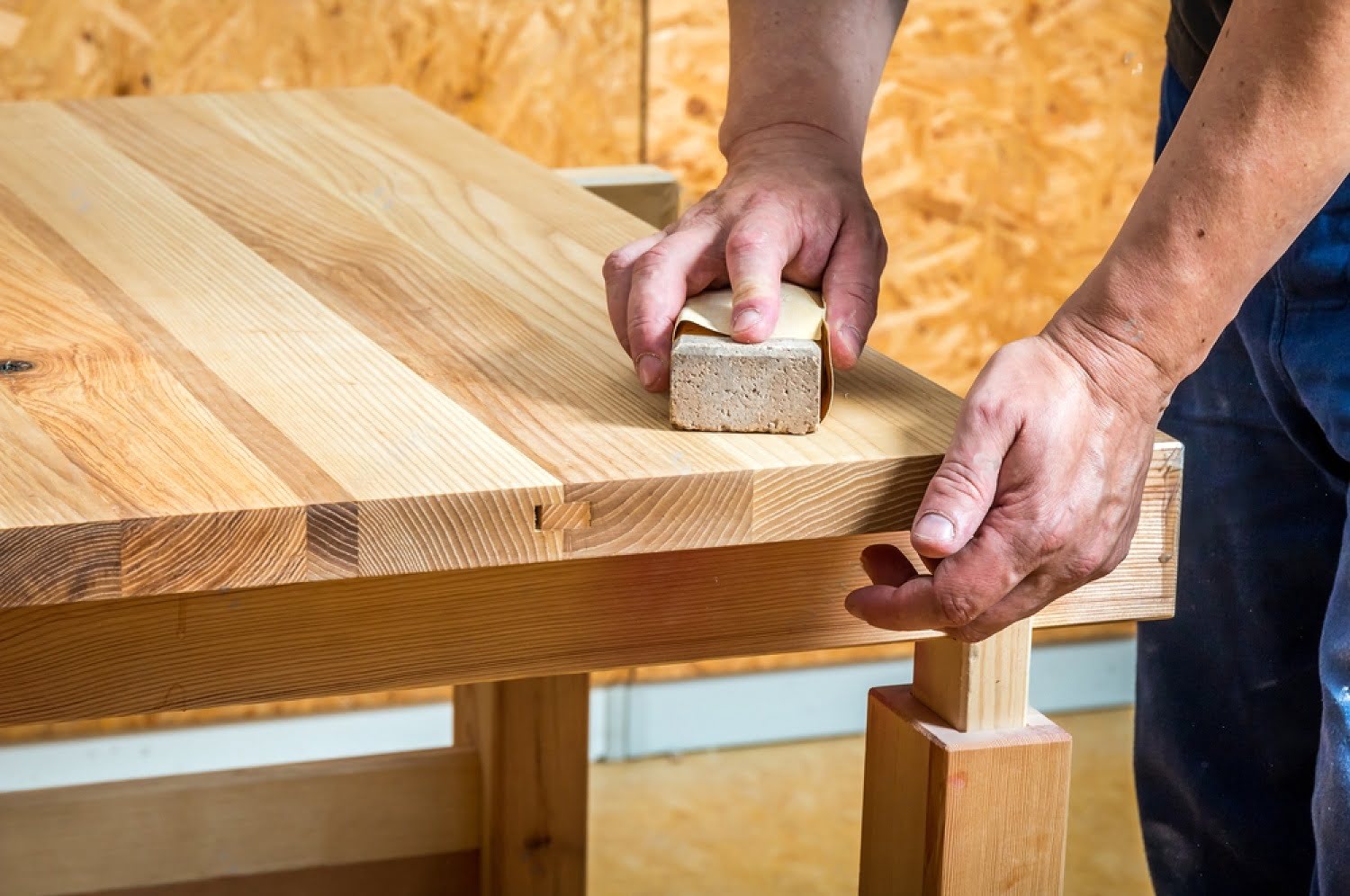
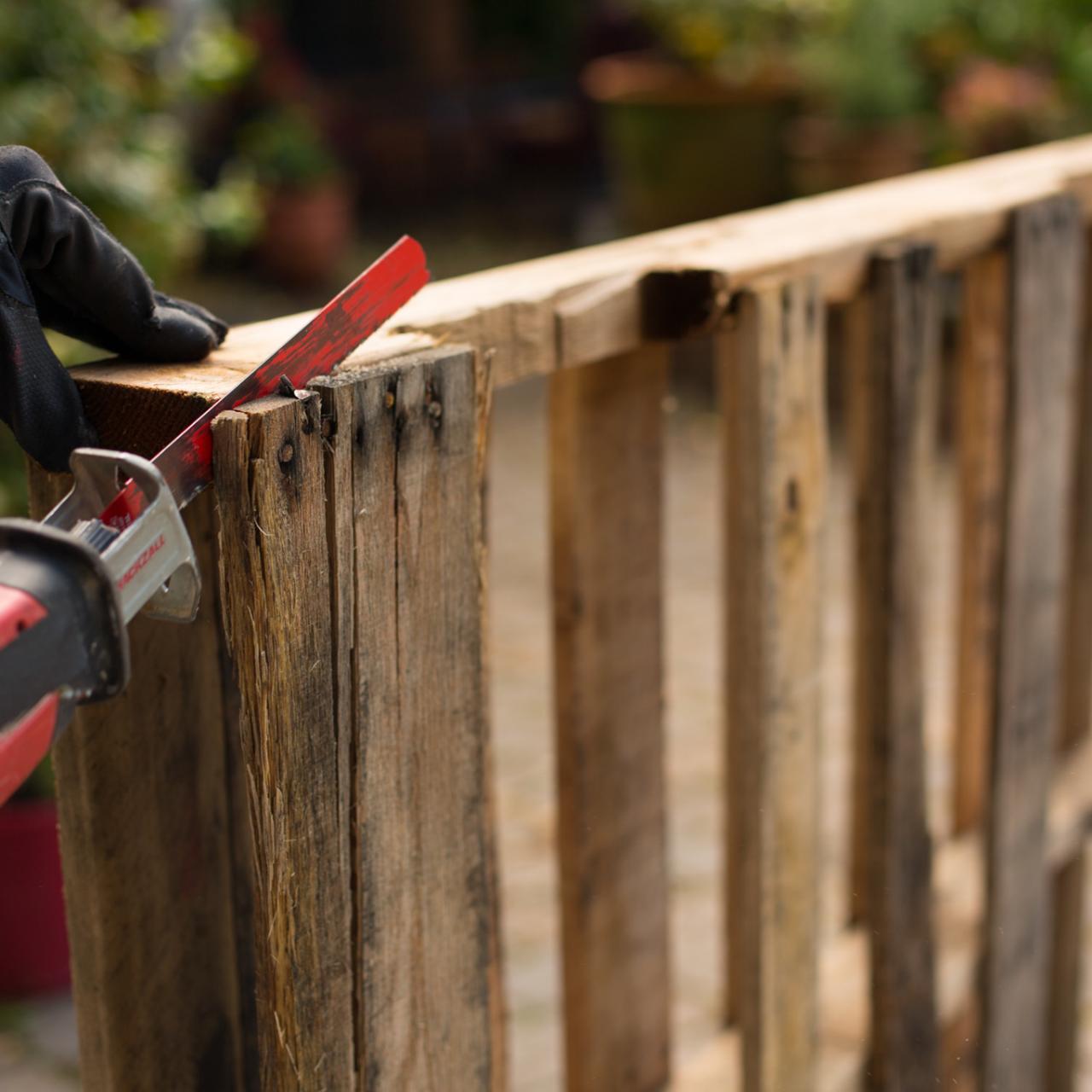
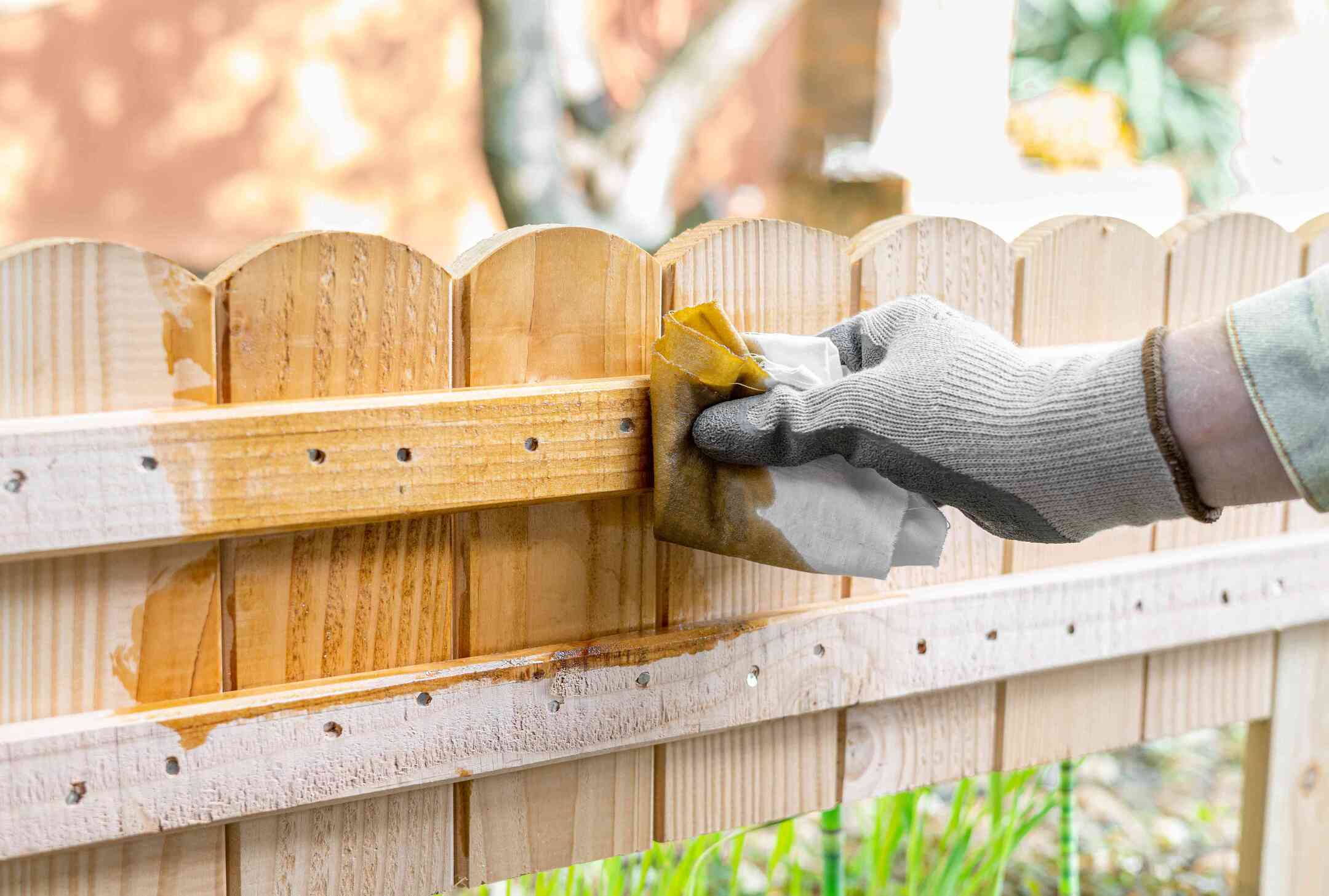
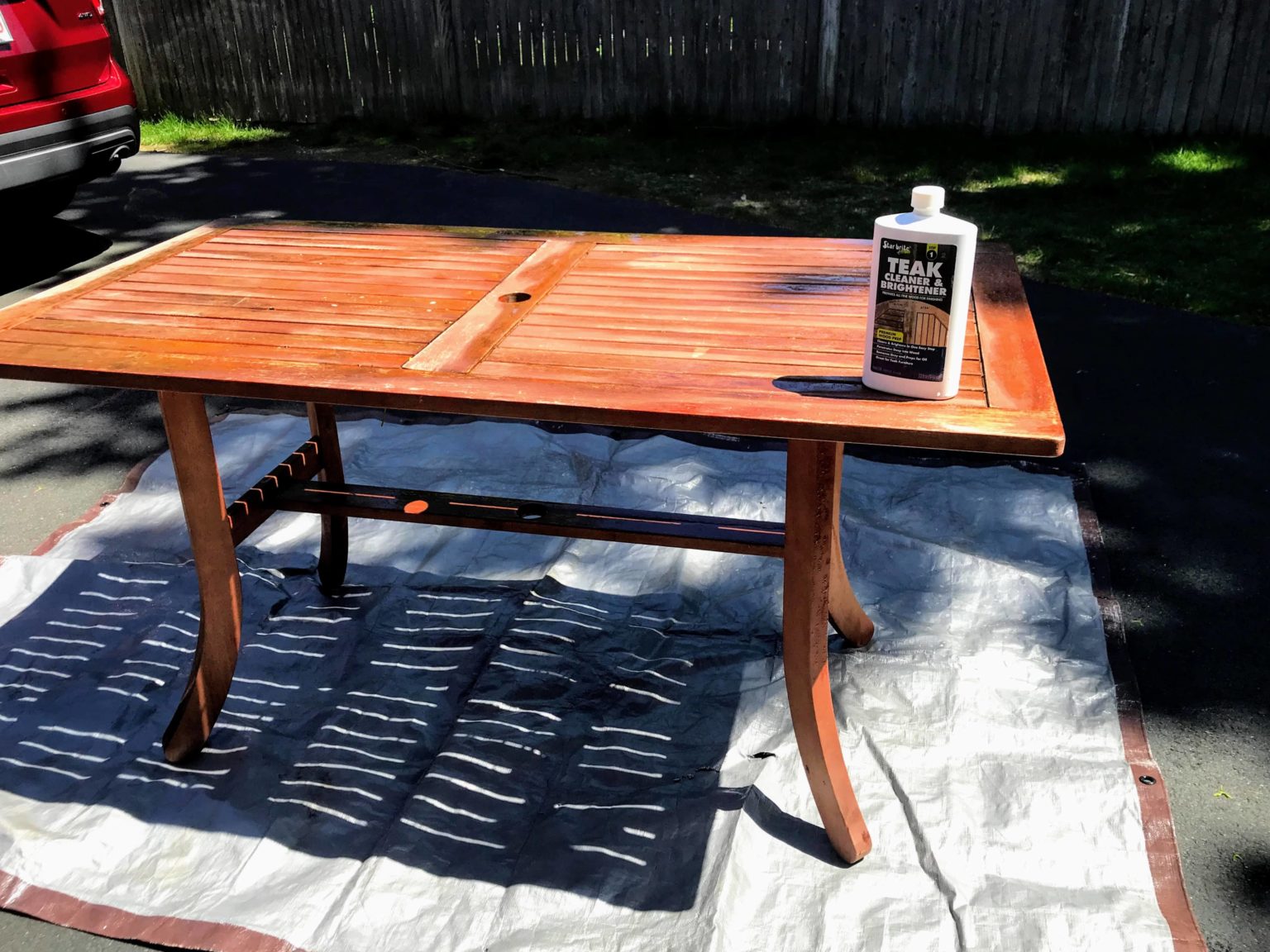
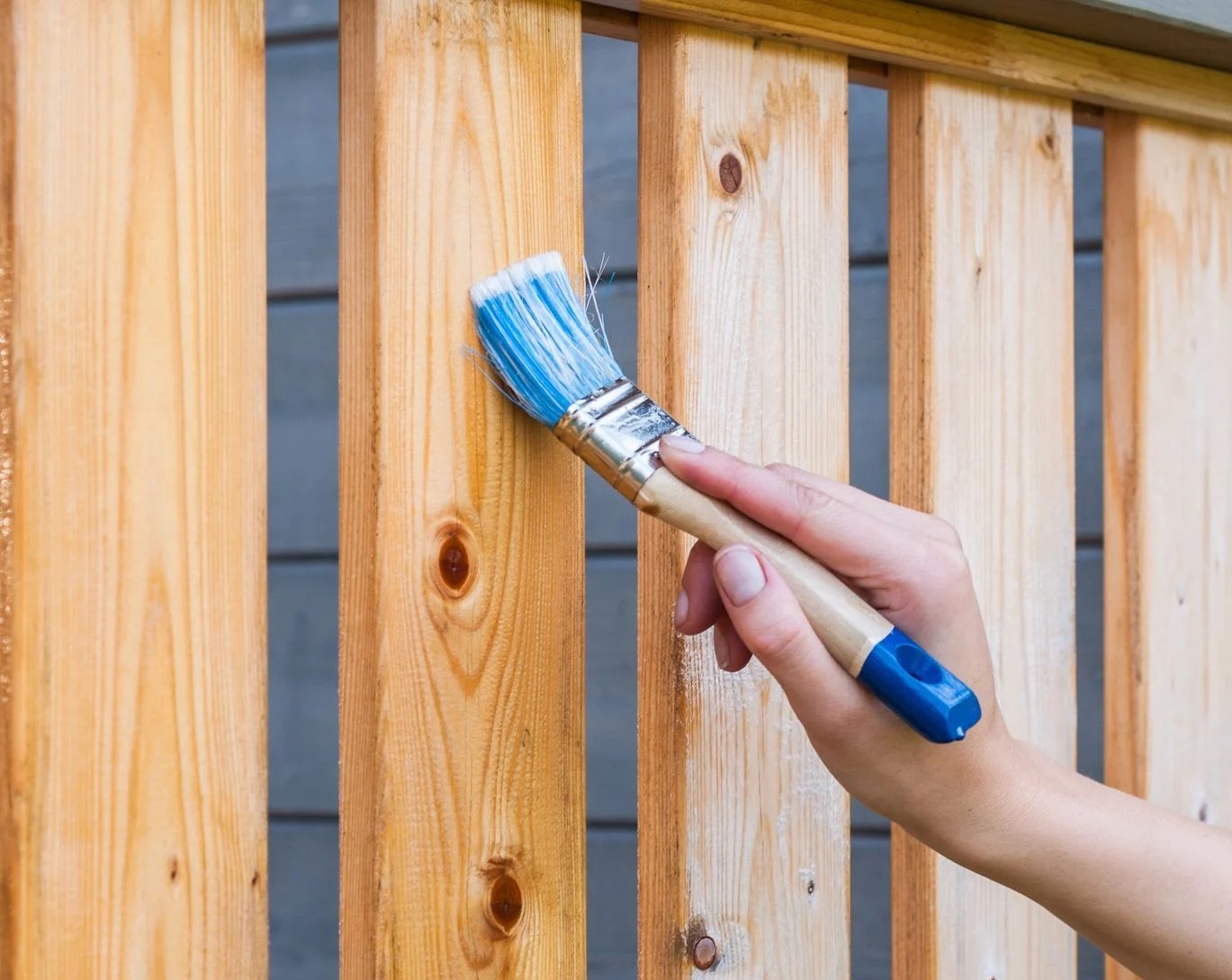
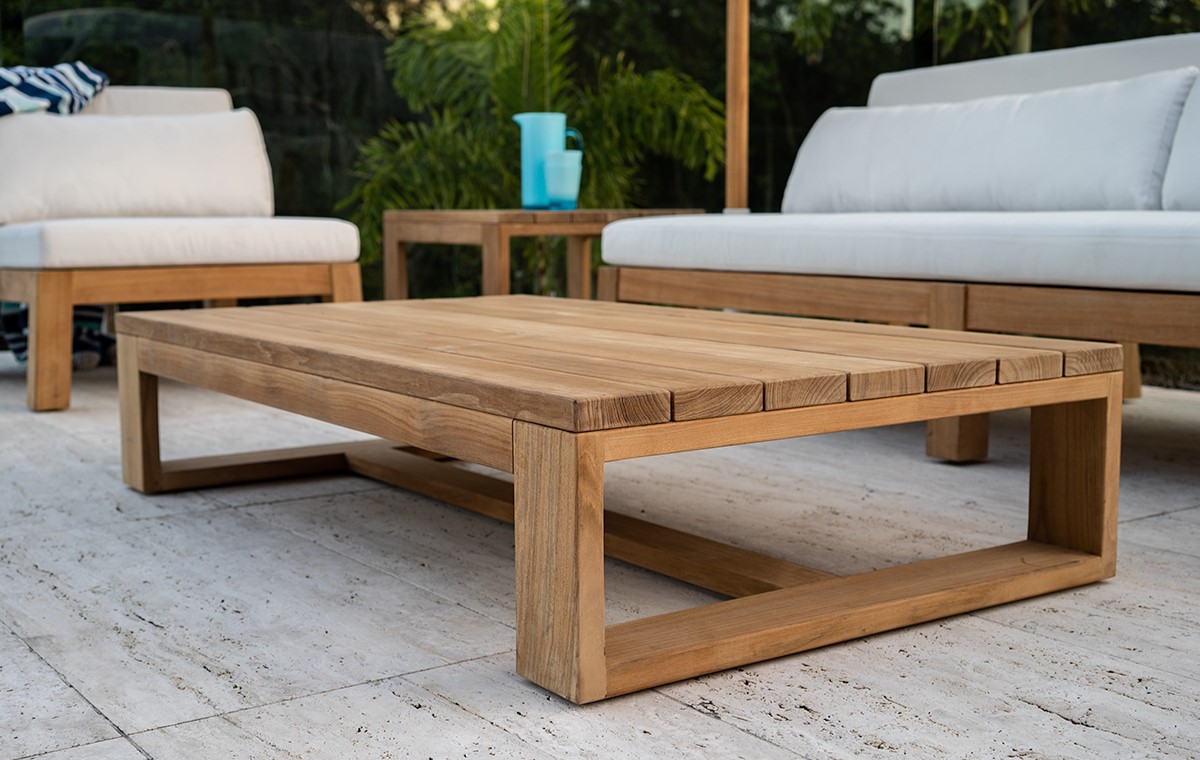

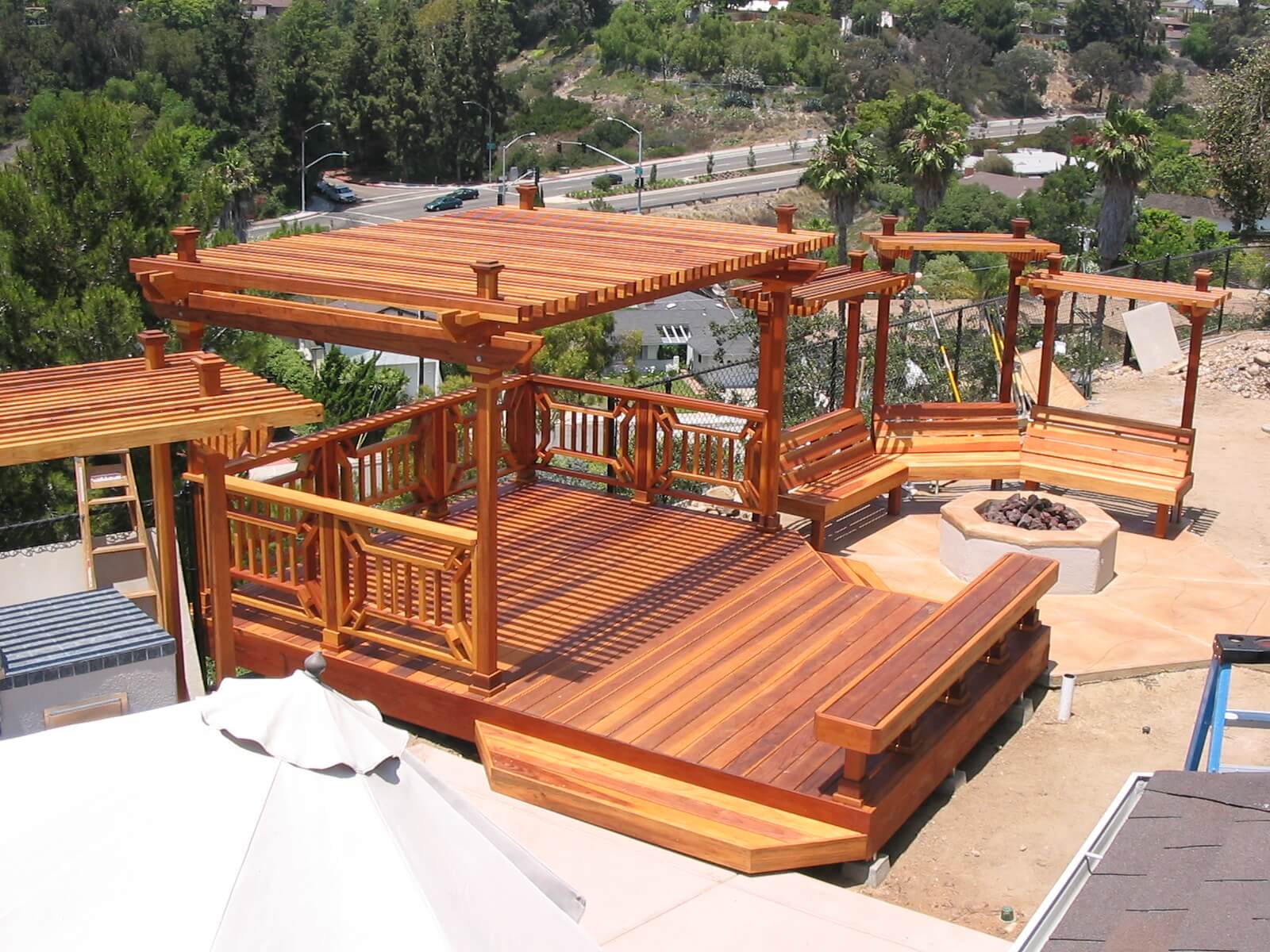
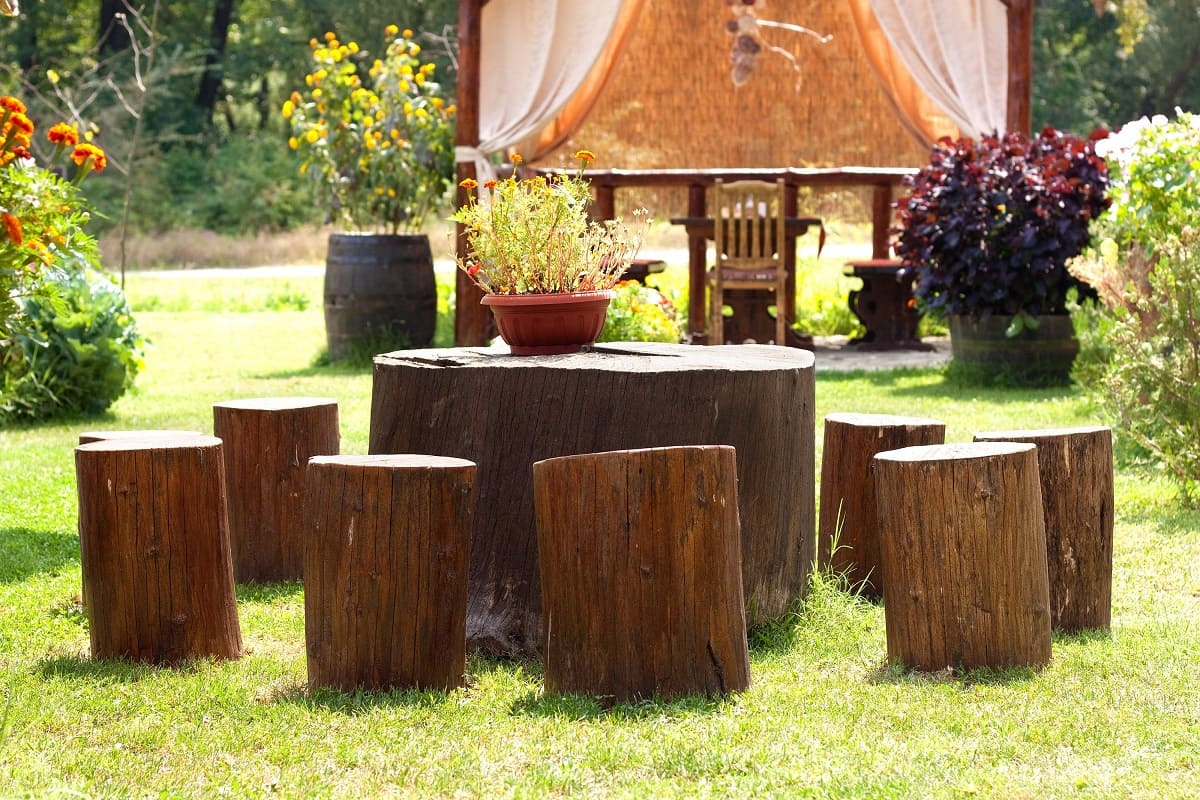
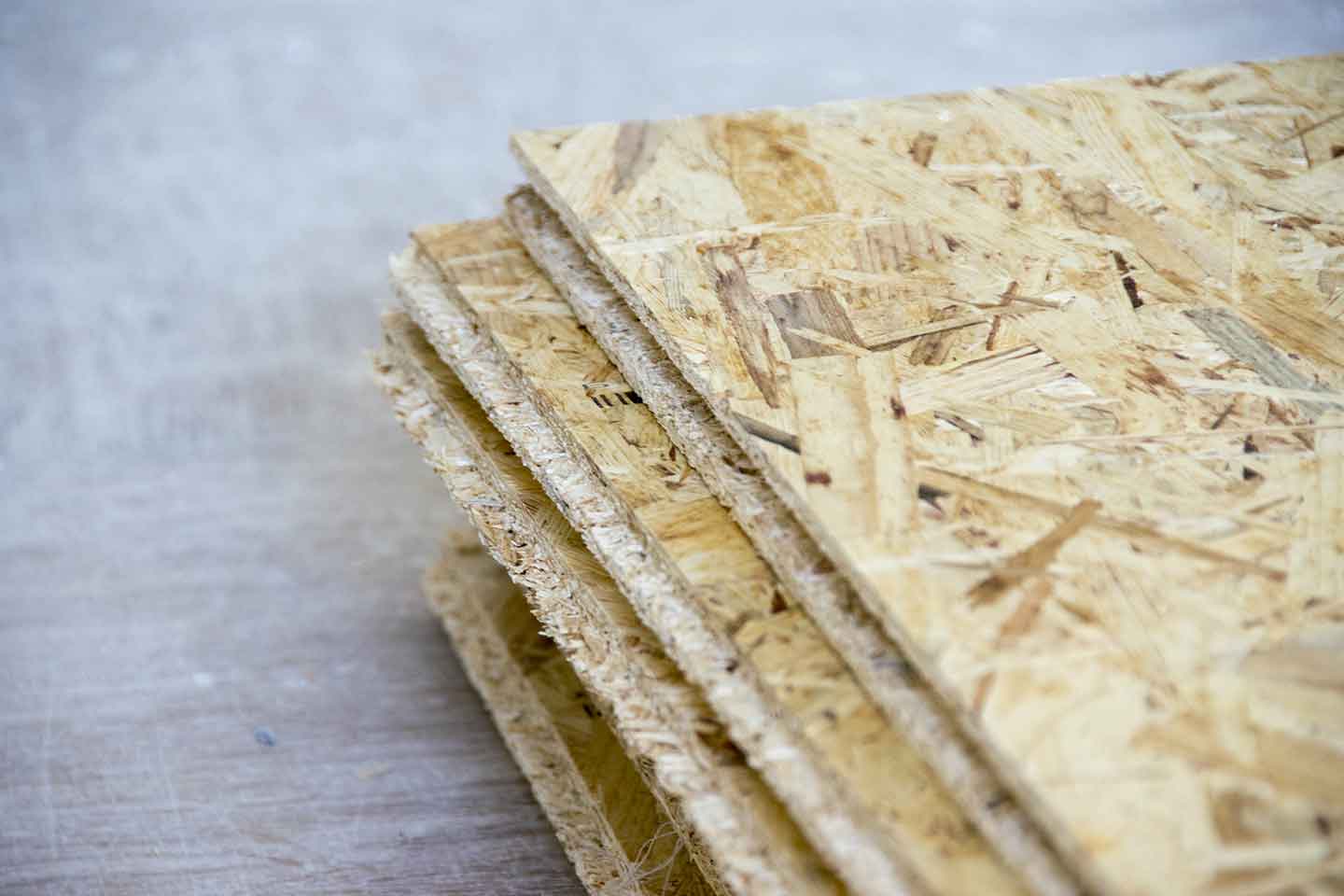
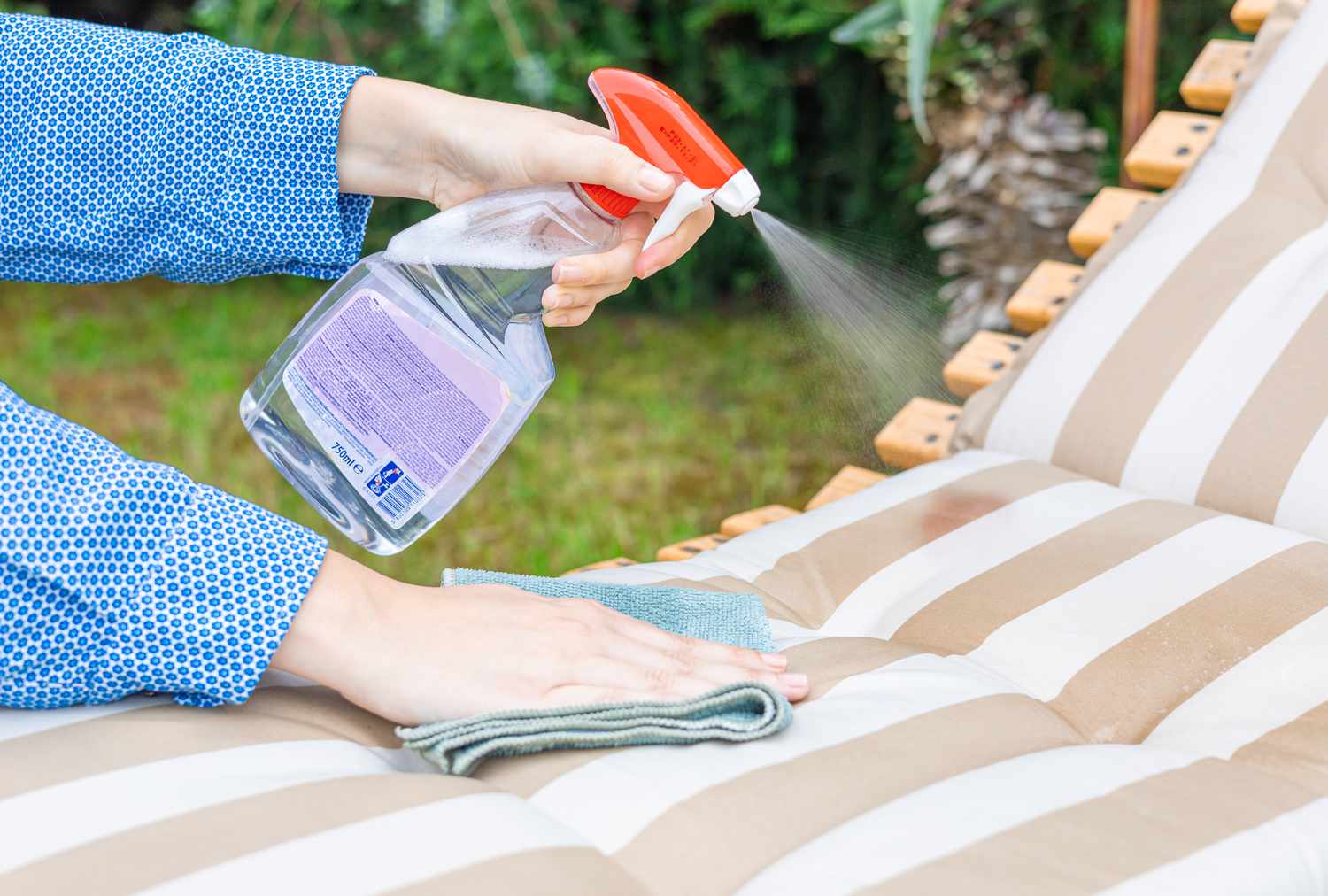
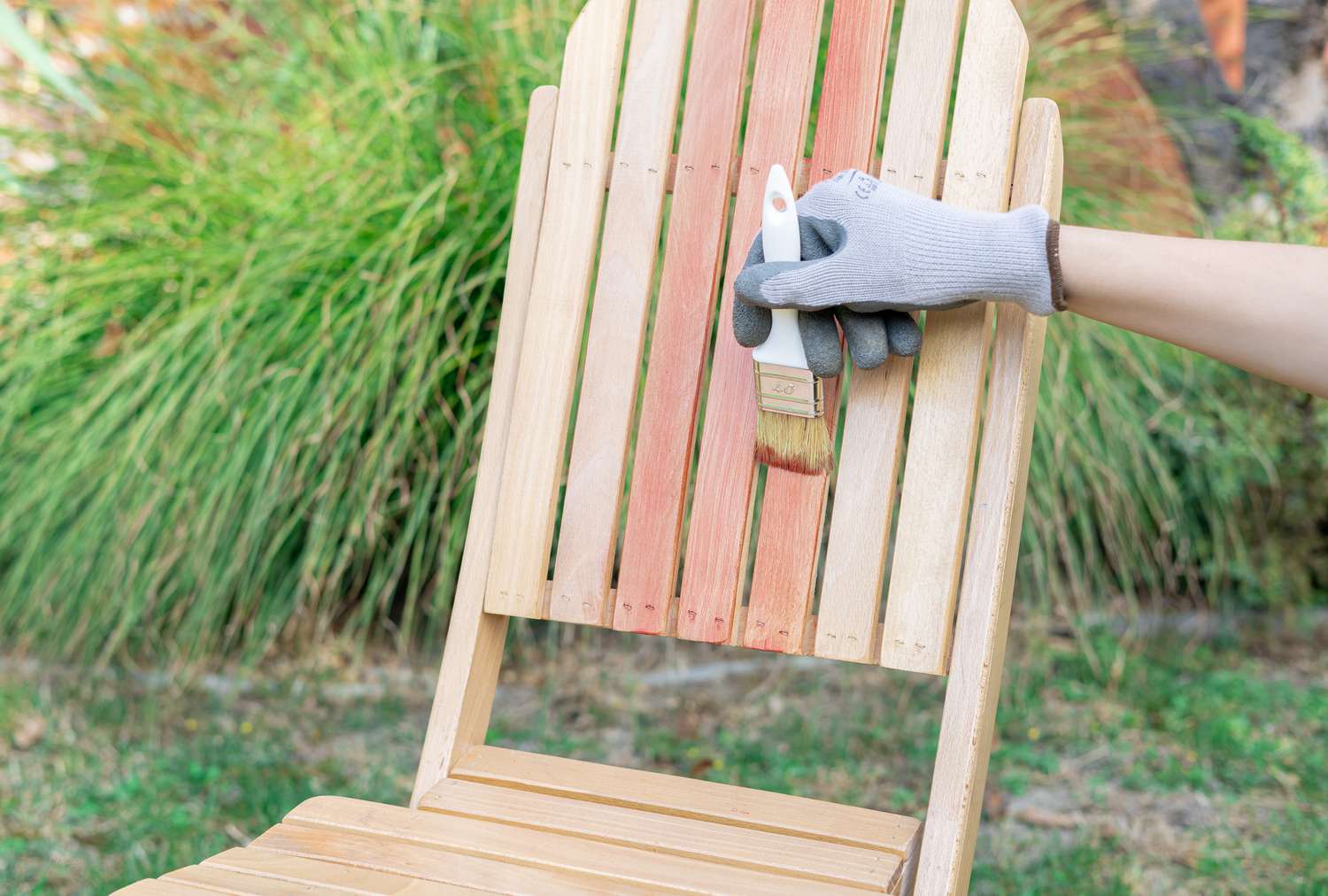
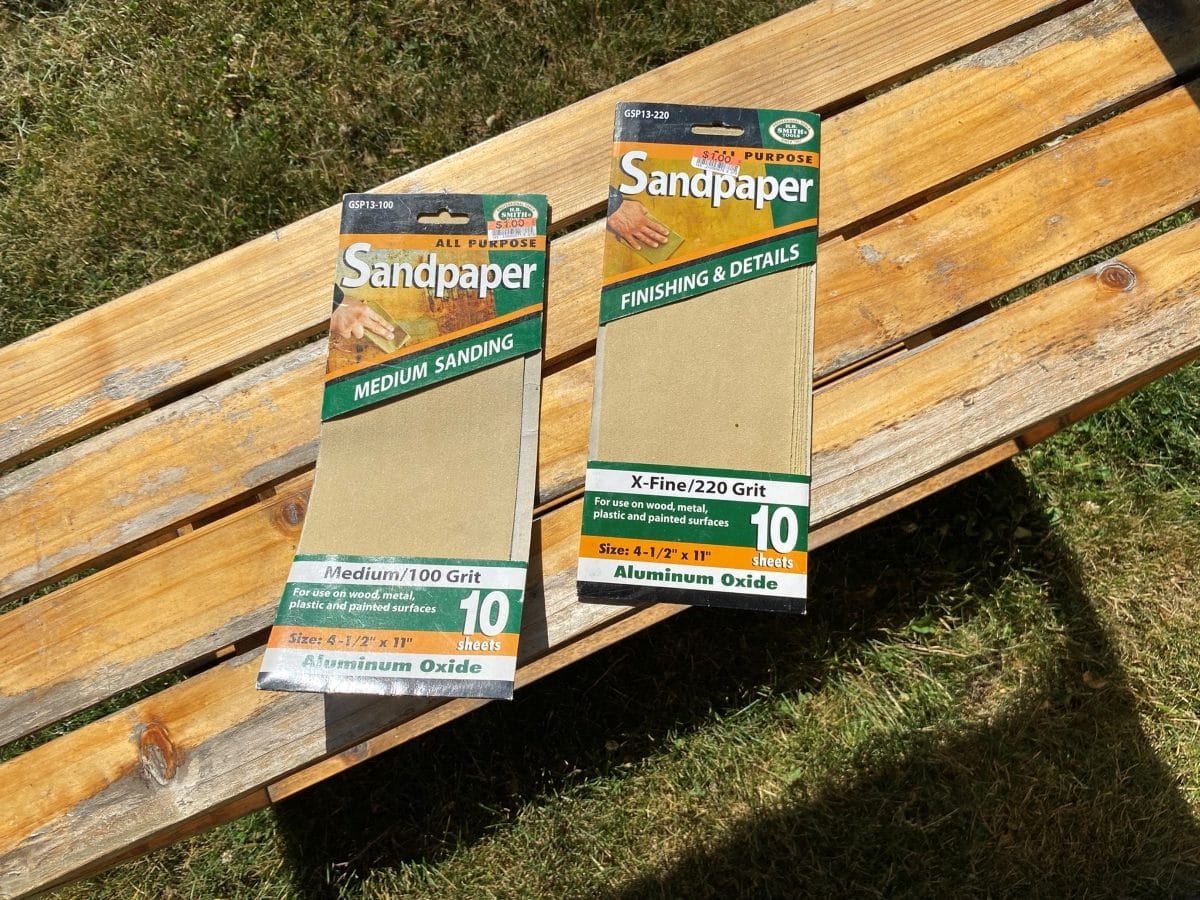
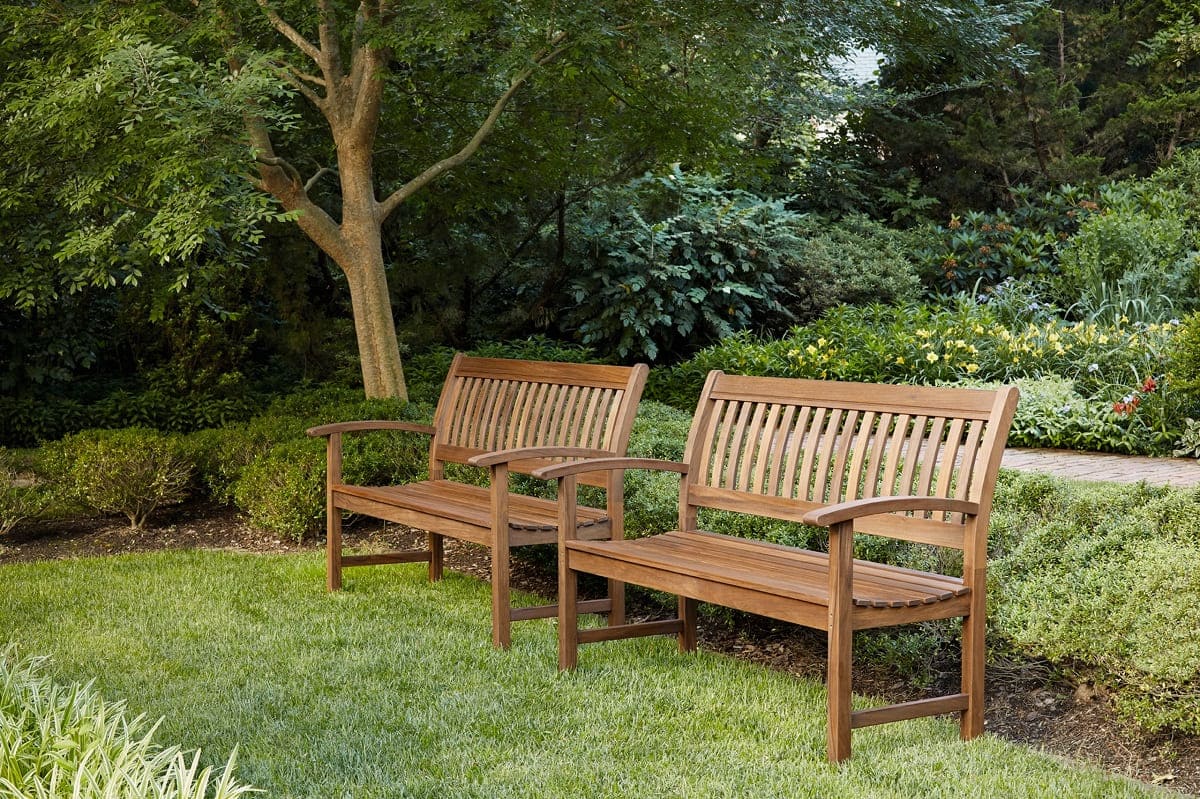

0 thoughts on “How To Treat Cedar Wood For Outdoor Use?”